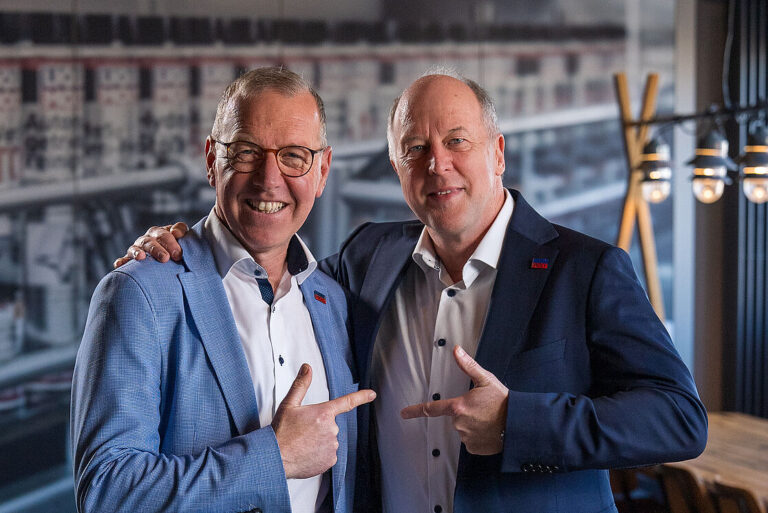
In the fall of 2019, I bought an RV. I received plenty of friendly ribbing, but I considered it a boat without slip fees and bottom paint. Throw in the ability to use it year-round, and I had a win. I picked up my new-to-me “prairie schooner” and, according to my wife, drove it like I’d had it for years. So far, so good.
With the RV safely ensconced in the yard, the work began. The cabin top leaked like a boat’s. The plumbing needed help. The shell was chalky fiberglass. The brake fluid was some kind of gelatinous goo. I got to work on the repairs, just as I would with a boat. I failed Maryland’s inspection process, then returned with my list completed, and I was legal. Unlike with a boat, no one ever looked over my work.
Our first trip was in late November. We had a spot on the beach in Virginia and watched a bunch of tent campers freeze while we had heat, a microwave, a stove, a real bed and a hot shower. Very nice. Then the pandemic hit, and that RV was the best home office ever.
This experience was an incredible, if accidental, research project. Was the RV a boat? In many aspects, it was. The RV had a robust DC electrical system coupled with a 30-amp AC power system. Many hands-off features that have appeared on boats in the past few years were also on this 2000s RV model. Automatic charging relays handled engine charging versus AC power charging. The fridge would automatically switch from propane to DC to AC. The AC power would load shed, making sure the HVAC could use its compressors while sacrificing some power to the outlets, all without user intervention.
The advantage of keeping the RV industry on the radar for those of us in the boating industry is simple: economies of scale. RV production volume is quite a bit larger than boat production. If, say, a battery charger can serve two markets, sales opportunity increases.
Some of our larger marine member companies have been in this space for the past several years. On the standards-writing side, the Recreational Vehicle Industry Association and the ABYC have had a cousins-type relationship since the early 2000s. We occasionally exchange ideas, requirements and discussions. The marine industry has started engaging in the RV standards process, with some of our larger members directing their resources toward following RV trends.
The requirements can be close, but there are some serious differences. Consider a boat as an RV that has a catch basin for all things flammable while floating in a conductive liquid. Liquid propane and gasoline can exit the RV, while in a boat, they are caught in the bilge. AC power on an RV can be handled like a home, while boat AC power is handled more like a pool. This fundamental design difference does create challenges for the “one-product, two-markets” scenario.
For instance, consider the battery charger. ABYC standards require a third-party certification and additional design features to ensure the safety of the charger on board a boat. Some of the design features are inexpensive and non-invasive, but some, such as ignition protection and its validation testing, may be quite extensive. Is the RV market ready for price-increasing features that are not necessary?
And it’s not always the boat side that adds to the cost. Take lithium batteries, for instance. The ABYC has a standard, and the RVIA has a standard. The main difference is that the RVIA requires third-party testing of lithium batteries. While AC power inlets may be the same, what happens on the other side of the inlet is different when it comes to handling the ground and neutral. Propane appliances are fundamentally different, as well.
The future of boat and RV integration is, in my opinion, wide open. From CAN-bus to generator-replacement systems, our industries are both forging ahead, adopting technology at previously unseen rates. At a recent electrical project technical committee meeting with upward of 250 comments addressing a number of technological advancements, the standards process was on overdrive.
As an industry, marine is in a good place to collaborate and share information on the standards level. More than ever, we need more participation from forward-thinking manufacturers. Standards are the basis of all improvements we are seeing on the water. At the ABYC, we truly believe easier boating leads to more boaters. Our goal is to make sure easy and safe are one and the same.
John Adey is president of the American Boat & Yacht Council.
This article was originally published in the March 2024 issue.











